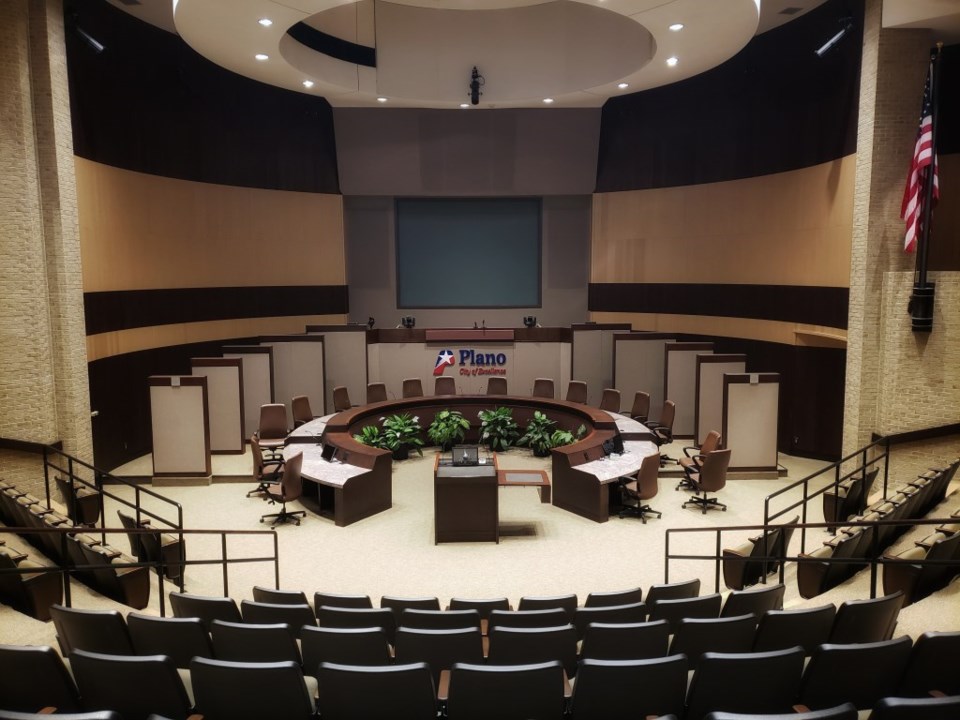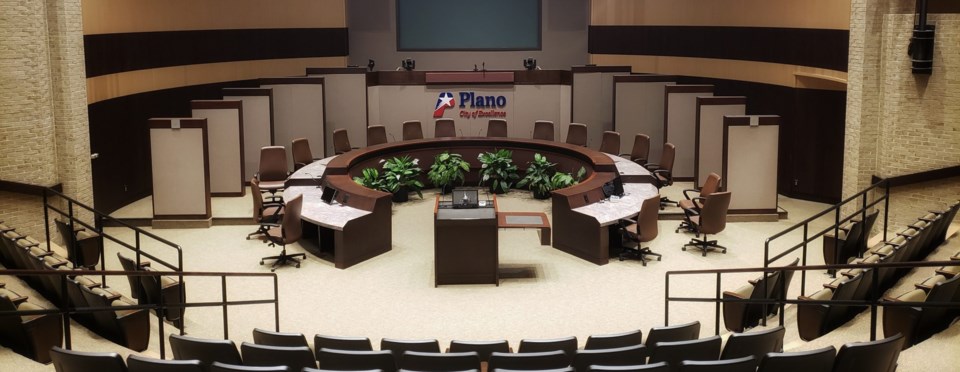
Mayor Harry LaRosiliere, Rachel Patterson, Plano’s Environmental Health Director, and Plano Police Chief Ed Drain were among the various City of Plano speakers in last night’s special COVID-19 address, held live through Zoom. The meeting was transmitted to 99,000 Plano households.
“I’d love to say that in 30 days this is over and we can flip a switch and this will be back to normal,” Mayor LaRosilliere said, explaining that the city did not want to order everyone to stay home. Instead, he suggested, “Think about for whom you would be filling to stay home for and make that sacrifice and go through that discomfort.”
He concluded, “This will not break us.”
Today’s COVID-19 numbers
Rachel Patterson, Environmental Health director, updated us on the number of COVID-19 cases. Worldwide, there are just over 1 million cases; in the United States, there are around 236,000 cases; in Texas they report 4,600 cases; in Collin County around 227 cases; and 82 cases in Plano.
We are now in the acceleration phase
The acceleration phase of a pandemic is when there is an observed rapid increase in positive cases. This is due in part to the fact that the virus has been identified and more tests are being administered. Our capacity for testing has been improved, but is still limited, and must be ordered by health care provider.
“During this time very important to flatten curve to spread cases out so that we don’t overwhelm our healthcare system,” Patterson says. “Social distancing is more important than ever.”
As for the peak of COVID-19’s acceleration phase, they project it will come between April 6 and 15.
Our police and fire departments are confident
Police Chief Drain first reported that four police employees have tested positive for COVID-19, but none require hopsitalization. They have been holding remote patrol briefings so that one officer is briefed at a time, limiting their contact with each other.
Plano Fire Chief Greif added that one member of his staff has tested positive and is asymptomatic, and that their response times have not slowed. All of their staff report to calls in full Personal Protective Equipment (PPE), and they deploy a special ambulance to make COVID-19 calls, and it is sanitized between services.
The State defines essential services in Plano
City Manager Mark Israelson explains some of the confusion citizens have had about essential services–at least in Plano. He explains that the State of Texas guidelines supercede any county or city declarations. Plano’s ordinance, which was proposed by the mayor and adopted by city council, didn’t list essential services. While surrounding cities might have their own shelter-in-place orders, Plano has opted to follow the State of Texas’ definition of essential services and shelter-in-place.
How many people are being tested?
According to Carrie Little, Director of Emergency Management, there have been 50,679 tests conducted statewide. Mayor LaRosilere added that last week, a representitive from the state department of health serives told him that there were on average 1500 tests a day and that every day that number would increase.
Will we have a COVID-19-dedicated hospital?
Hospitals are currently at 50 percent capacity, which they call par for the course, and they do not anticipate the need for a special COVID-19 hospital in Collin County.
When will normalcy come back?
LaRosiliere says it will be a gradual process and that no one knows when it will start.
In order to return to normal as soon as possible and as safely as possible, City Manager Mark Iraelson asked for compliance from citizens on social distancing. “Make sure you’re practicing that social distancing,” he said. “… We need the cooperation of our citizens to keep our city as safe as we call.”
They made no further executive orders, instead asking citizens to take personal resposibility to themselves and their community.
“The analogy I use is we are in the midst of a storm and we’re being asked to get in the bunker, shelter, be protected,” LaRosiliere said. “When the storm has passed, we will go outside and assess the damage.”




